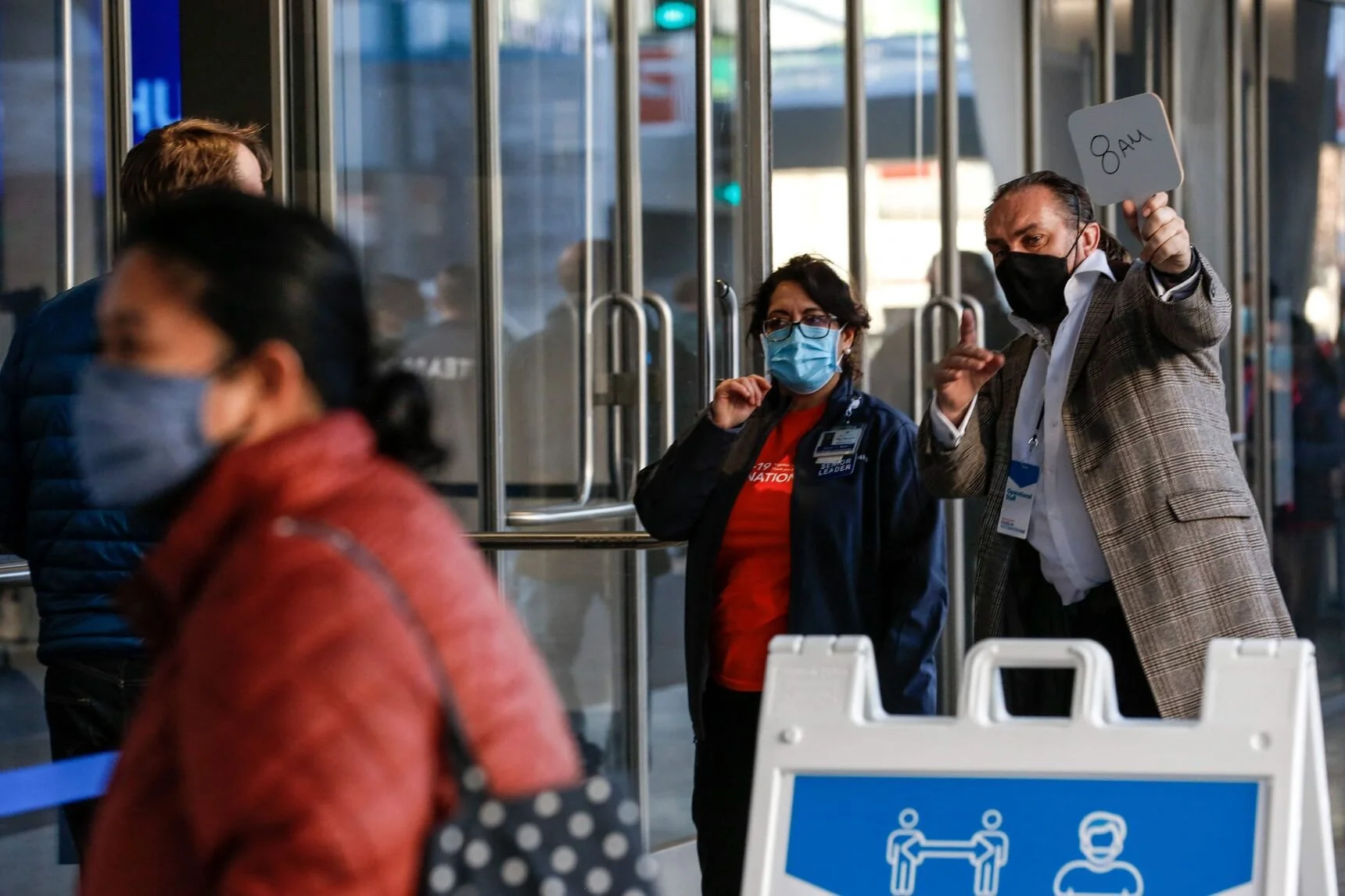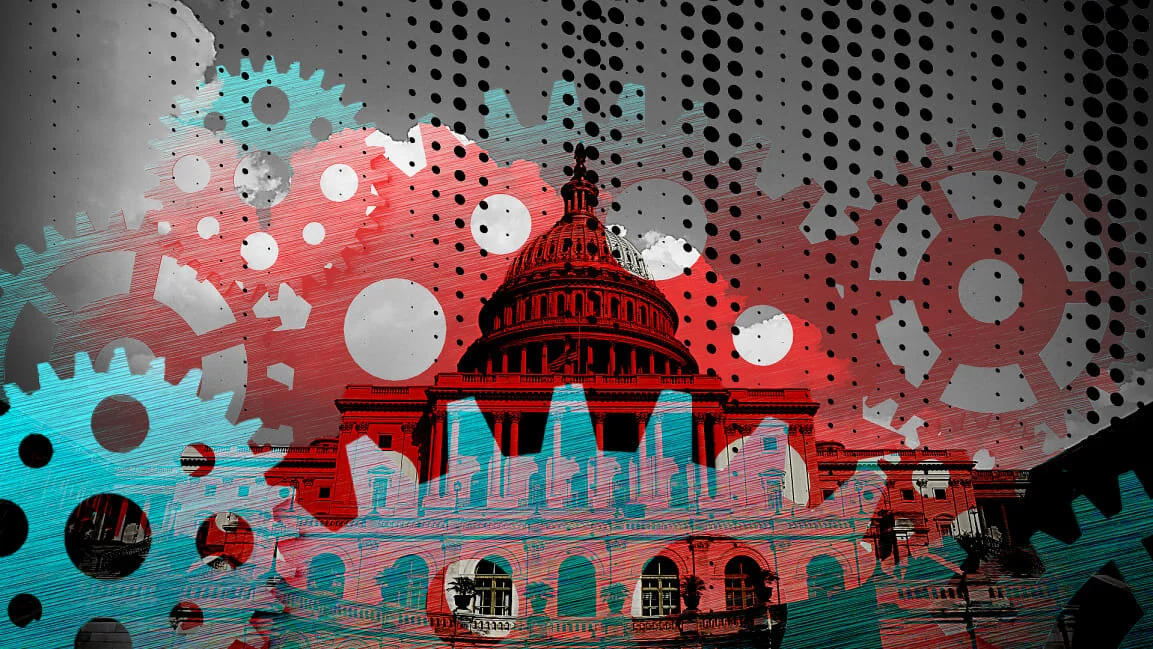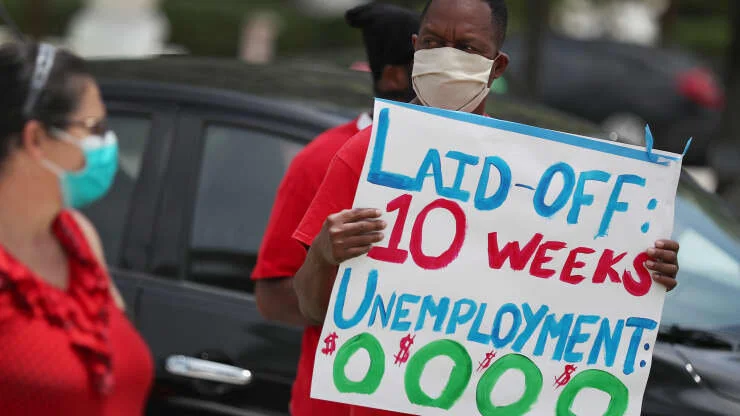@USDigitalResponse: Community.
(SAN FRANCISCO, CALIFORNIA)
Worked with the marketing team on community building and storytelling efforts to connect governments with pro bono technologists skilled in data, design, comms and ops for COVID-19 rapid response. Initiatives include Brunch & Learns, Happy Hours, Show & Tells, various newsletters and launching Open Re/Source, a virtual panel series with What Works Cities, ELGL and the National League of Cities.
PROTOCOL: How an army of tech volunteers is helping local governments cope with COVID-19
In the middle of March, as the coronavirus crisis swept the country, former U.S. Chief Data Scientist DJ Patil called Code for America founder Jenn Pahlka with a simple question: "What are you going to do to help?" Pahlka immediately called up Cori Zarek, and together they formed a Google group and began tapping into their tight-knit network of technologists and policy wonks who have spent their careers working to infuse tech expertise into all levels of government. Within a week of the initial call, that email chain and multiple separate efforts formalized into U.S. Digital Response, a nongovernmental, rapid-response network of more than 4,500 volunteers who want to harness technology to help the U.S. through coronavirus, an unprecedented crisis that has laid bare the inadequacy of countless government systems.
TECHCRUNCH: THE RISE OF THE ACTIVIST DEVELOPER
The last few months have put technology and its role in society, especially in the United States, in the spotlight. We need a serious conversation on the equitable and ethical use of tech, what can be done to combat the spread of misinformation and more. As we work to solve these problems, however, I hope this dialogue doesn’t overshadow one silver lining of the past year: The rise of the developer activists who are using tech for good.They stepped up like never before to tackle numerous global issues, demonstrating they not only love solving incredibly hard problems, but can do it well and at scale.
NYTIMES: ELECTION TECH THAT’S SUPER SIMPLE
I present to you: A new election information website for Centre County, Pa., that’s as easy to use as your favorite shopping site. This voter site and others like it were built in partnership with U.S. Digital Response, a group that started in the pandemic to match volunteers with technical expertise with local governments seeking help. It’s tech nerds putting their spare time to use. The work of U.S. Digital Response shows that technology that does good doesn’t have to involve complicated inventions or turning over government functions to Silicon Valley giants. People with tech knowledge sometimes just need to listen to problems and assess how they can help without over complicating everything.
FAST COMPANY: How public-interest technologists can build government that works for everyone
U.S. Digital Response is an example of the potential of public-interest technology. This network of 6,000 pro bono coders, data scientists, and researchers helped local and state governments respond to COVID-19, including improving an online data dashboard for Pennsylvania’s Health Department to track hospital beds and ventilators and helping Kansas residents file for unemployment benefits by collaborating with Department of Labor staff to restore service to their website. But while USDR’s work is critical, pro bono efforts cannot supplant the government, nor can they meet the enormous need of this moment.
NYTIMES: the 2020 good tech awards
To U.S. Digital Response, for pandemic-proofing our infrastructure.
In March, as Covid-19 began spreading across the country, a group of tech workers assembled in Slack rooms and on Zoom calls to figure out how they could use their tech expertise to help with the crisis. The result was the U.S. Digital Response, now a network of over 6,000 coders, data scientists and researchers who are helping local and state governments respond to Covid-19.
washington post: Website crashes and other tech problems plague early coronavirus vaccine rollout
“State and local health agencies are doing a Herculean task right now, where they're coordinating the fastest vaccine rollout in modern history in the U.S., and they're doing it without leadership from the federal government,” said Raphael Lee, who directs the health program at U.S. Digital Response, which coordinates tech volunteers to help governments respond to crises. The result has been a patchwork of different types of websites and web forms – and many technical problems throughout the country.
wsj: Vaccine-Appointment Sites Rush to Fix Glitches, Expand Capacity as Rollout Gathers Steam
Websites to book Covid-19 vaccinations are racing to fix early-stage glitches and build out their network capacity as the vaccine rollout broadens to an ever-larger segment of the population, government tech leaders say. Online scheduling itself isn’t a difficult technical problem, said Raphael Lee, director of health programs at U.S. Digital Response, a nonprofit that pairs tech-savvy volunteers with state and local governments. “Delivering scheduling tools at massive scale, during the fastest vaccine rollout in history, in ways that integrate with other software systems and databases is what’s so difficult,” he said.
AXIOS: Why it's so hard to sign up for vaccinations online
U.S. Digital Response, which connects technologists with local governments and is not affiliated with the federal government, has worked with 36 states and territories on pandemic response, Raphael Lee, a co-founder of USDR who leads the health program, told Axios. "We are best suited to government needs when the need is somewhat bounded by time, when we're sure it's a tech problem, or when we can provide a low code or no code solution," Lee said.
CNBC: U.S. unemployment system fell short in early days of the pandemic. It could buckle again
State officials began issuing shutdown orders in mid-March 2020 to contain the virus. States buckled under the intense volume of unemployment claims that resulted. More than 6 million people applied for benefits in two separate weeks shortly thereafter — almost 30 times the pre-pandemic load. In some respects, broad failures were inevitable in the early days. U.S. unemployment had been at its lowest level in five decades pre-pandemic. That meant inadequate resources for staff, for example, to field a deluge of phone calls. And the pandemic swiftly descended on the U.S., an immediate jolt that offered almost no time to brace for the intense economic gut punch.



















